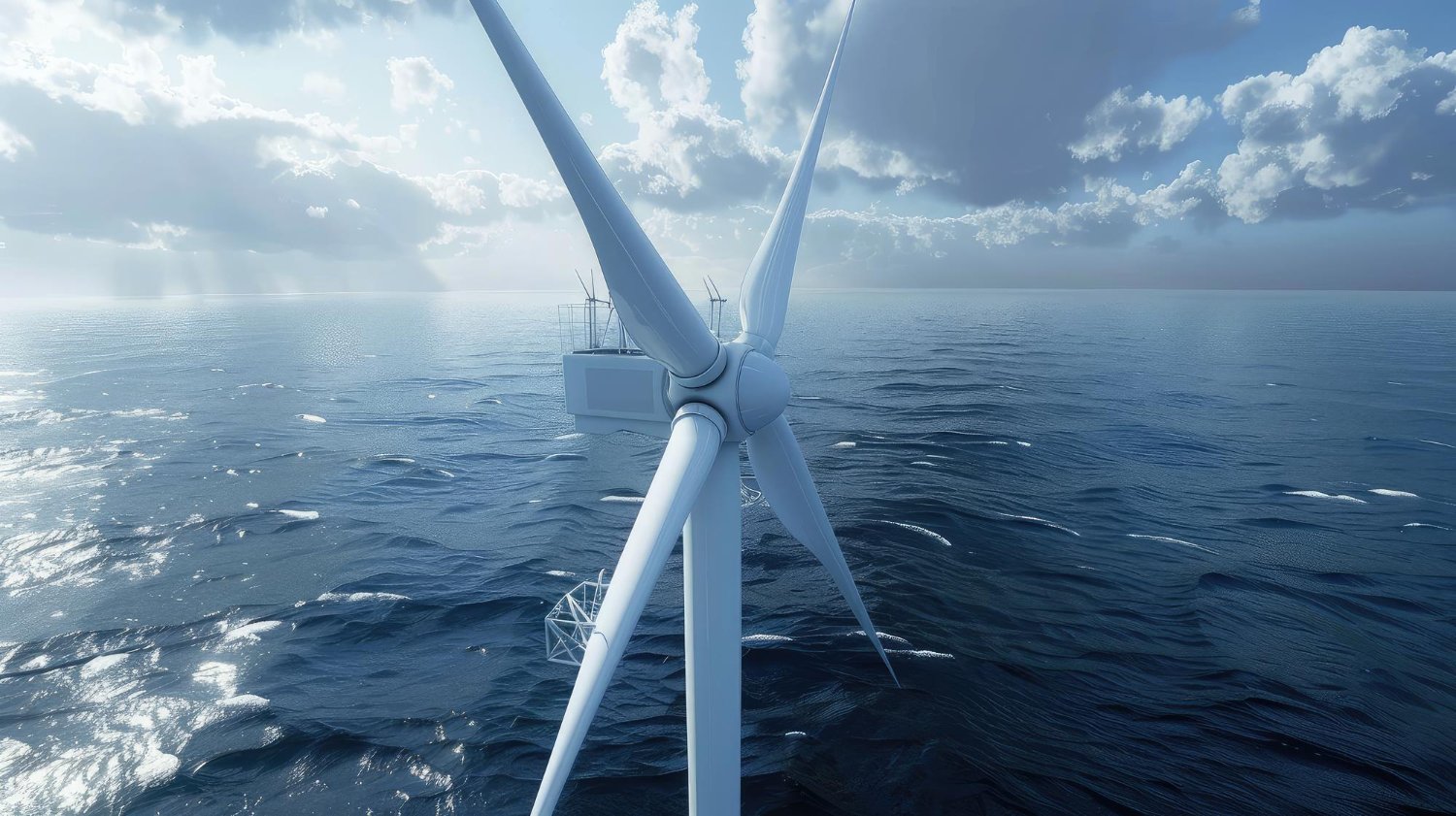Exploring Offshore Wind Energy: Benefits, Challenges, and Environmental Considerations
Offshore wind energy presents a promising avenue for renewable power generation, offering substantial benefits alongside notable challenges. While a single offshore wind turbine can power an average Australian home for 48 hours with one rotation, concerns persist regarding environmental impacts, economic viability, and community acceptance. Understanding these facets is crucial as Australia navigates its renewable energy future.
Important Points:
- Environmental Impacts: There is ongoing debate about the effects of offshore wind farms on marine life, including concerns about whale fatalities. However, comprehensive studies are needed to substantiate these claims and assess the actual impact on marine ecosystems.
- Economic Viability: Offshore wind projects face challenges related to high capital and operational costs, engineering complexities, and reliability issues. These factors can affect the economic feasibility of such projects compared to other renewable energy sources.
- Community Acceptance: Some offshore wind initiatives in Australia have encountered opposition from local communities, leading to project cancellations. For instance, offshore wind projects in South Australia were scrapped amid sector opposition.
- Government Initiatives: The Australian government has declared several offshore wind zones, such as the one in Bass Strait, aiming to attract investment in renewable energy and create thousands of jobs. This zone could potentially support 20 GW of renewable energy, covering more than half of southeast Australia’s current electricity demand.







